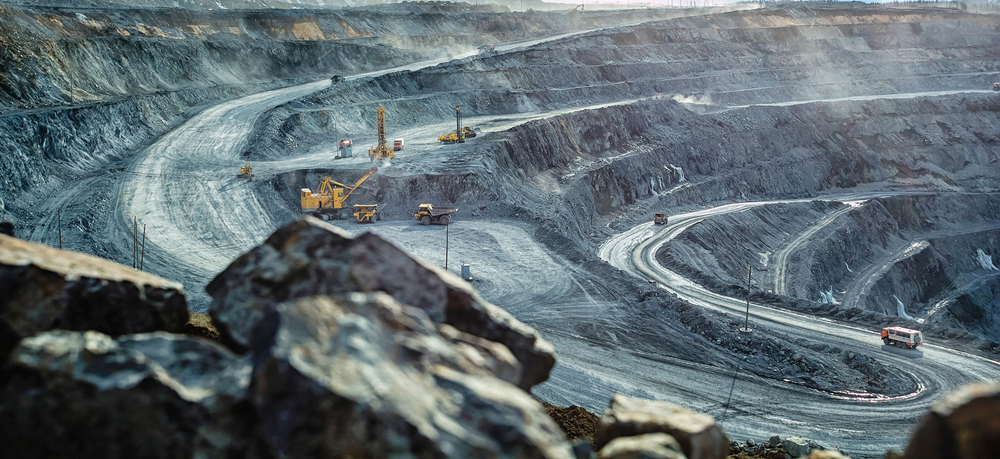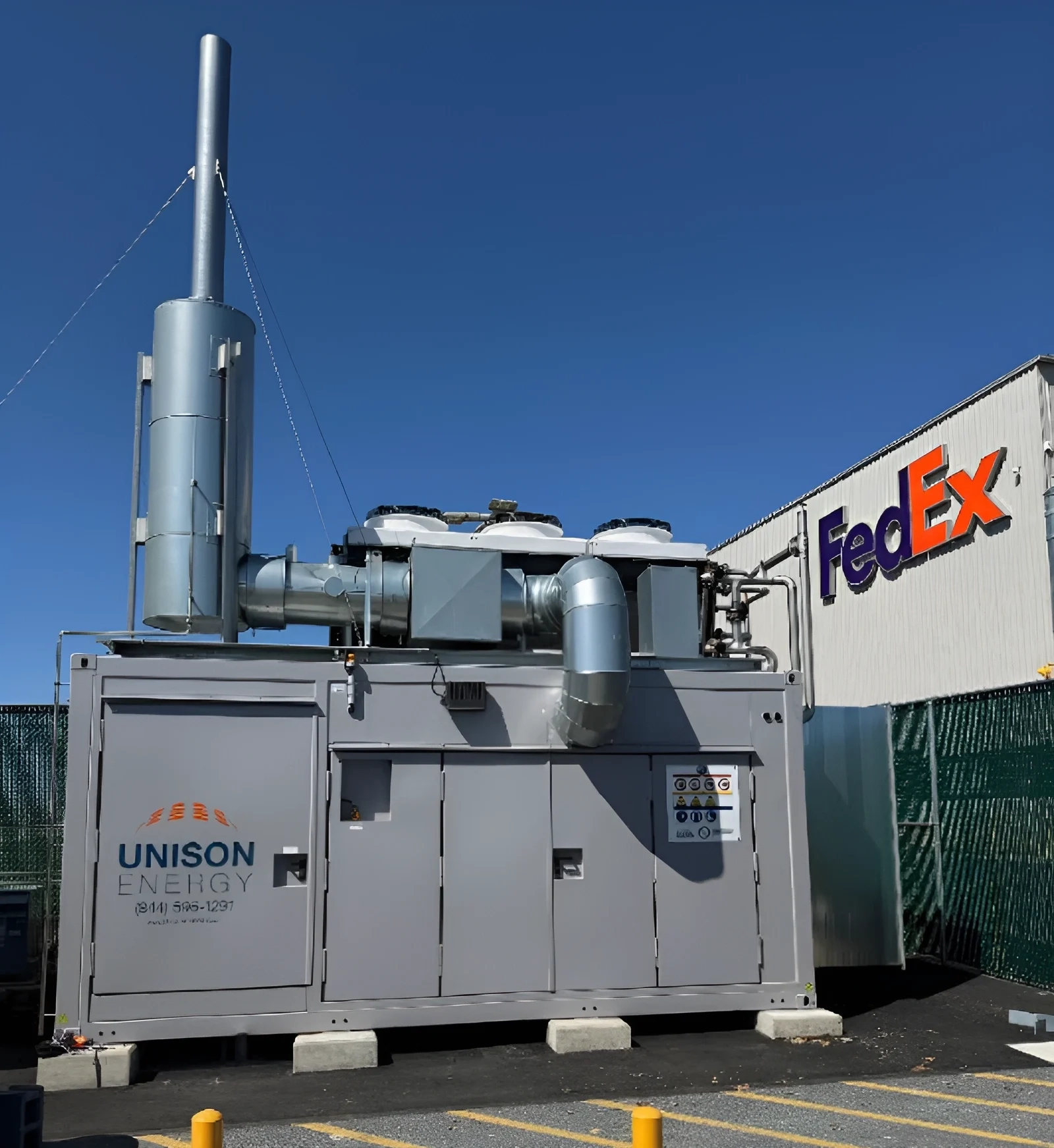Industry Spotlight: Enabling Resilient Power for Mines


A mining client needed a tangible action plan to reduce emissions while also improving energy resiliency and containing energy costs. Unison Energy provided a solution that included actionable carbon reduction measures, cost predictability, and resilient power.
- 16.5 MW combustion turbine with heat recovery steam generation
- 8 MW steam turbine to produce power using the HRSG’s steam output
- 10 MW ground-mounted solar array
- Systems designed to operate independently of the grid, covering the majority of the load requirements during an outage
- 75% of the site’s annual electric consumption is offset, assuming 96% turbine uptime
- 27% reduction in greenhouse gas emissions with on-site generation
The Problem
From securing reliable energy in remote locations to reducing the cost of power to the growing need for carbon reductions, the mining industry faces unique challenges when tackling the energy transition. Mines are often located in remote areas at the end of power lines, predisposing them to power quality issues. While new and existing mines are interested in electrification, they can’t get adequate electric supply from their local utility, or the price of utility upgrades is cost prohibitive. Finally, many companies are setting ambitious targets to reach net zero emissions by 2030 and beyond. Some states are also incentivizing carbon reduction through regulatory means like Cap and Trade, and this can be costly if emissions targets are not met. For all these reasons, the mining industry needs real, tangible solutions to meet these competing demands.
Our Solution
Unison Energy developed a plan for a mining client to demonstrate how a hybrid microgrid with baseload generation and solar energy can enable resilient power for their remotely located mine, reduce their site’s Scope 1 & 2 emissions, and provide cost predictability and savings.
Industrial mining processes require significant thermal loads, with multiple processes requiring large amounts of steam. Additionally, these sites typically operate 24 hours a day, seven days a week, and are at the end of the utility line where power is unreliable. With these factors in mind, Unison Energy’s plan calls for the installation of a 16.5 MW combustion turbine, an 8MW steam turbine, and a 10 MW ground-mounted solar array to provide baseload power and steam.
Under a 20-year Energy Services Agreement (ESA), Unison Energy would design, build, own, operate, and maintain the distributed generation power plant, providing improved resilience, emissions reductions, and energy cost predictability without any upfront capital from our client. Clients who wish to own their microgrid system can do so as well, with Unison continuing to operate and maintain the equipment under a service agreement.
With our onsite energy generation solution, our client has the benefit of predictable energy costs. With a Unison Energy ESA, our client is expected to save millions over 20 years as our ESA pricing has predictable rate increases compared to the unpredictability of the utility. Further, our client can avoid costly demand pricing. By providing predictable electricity rates for 20 years, mines that partner with Unison Energy can de-risk their energy cost forecasts.
The facility’s average electricity load is assumed to be 30 MW and the CHP system can offset more than 75% of the site’s annual electricity demand, assuming 96% uptime on the combustion and steam turbines. The CHP plus solar system is also expected to reduce total greenhouse gas emissions at the site by 27%.
While the remote locations of many mining operations is a challenge, it’s also an advantage for incorporating renewable energy as mines are often situated on large, open plots of land on which solar generation can be installed to help reduce site emissions. Solar energy can be used to help further improve project economics by peak shaving to optimize energy usage and reduce demand charges. The solar can also be stored in batteries for use later when there is peak utility pricing.
Though maintaining reliable, affordable, and sustainable energy in remote locations is often a hurdle, Unison Energy can customize an onsite hybrid energy solution to fit your mine’s needs. For mines that already utilize CHP systems and boilers, Unison Energy can help your facility reach its carbon footprint reduction goals by incorporating solar and carbon capture technologies, for example. Or, Unison Energy can install a CHP system with fuel flexibility that can run on renewable natural gas (RNG) or hydrogen. As a technology agnostic provider, Unison Energy can tailor a customized solution to fit individual client needs to help achieve long-term business continuity, energy cost predictability, and full decarbonization.
Discover how a Unison Energy solution can assist you in achieving your energy objectives. Contact us to schedule an initial site assessment.
By providing predictable electricity rates for 20 years, mines that partner with Unison Energy can de-risk their energy cost forecasts.
Featured Insights

FedEx Lehigh Valley Distribution Hub: On-Site Power Delivering Resilience
Centersquare BOS1-A Data Center: A Premier Data Center Offering Scale, Security, and Enhanced Reliability with Unison’s Microgrid Technology
Industry Spotlight: Meeting Sustainability and Resiliency Goals for Dairy Producers